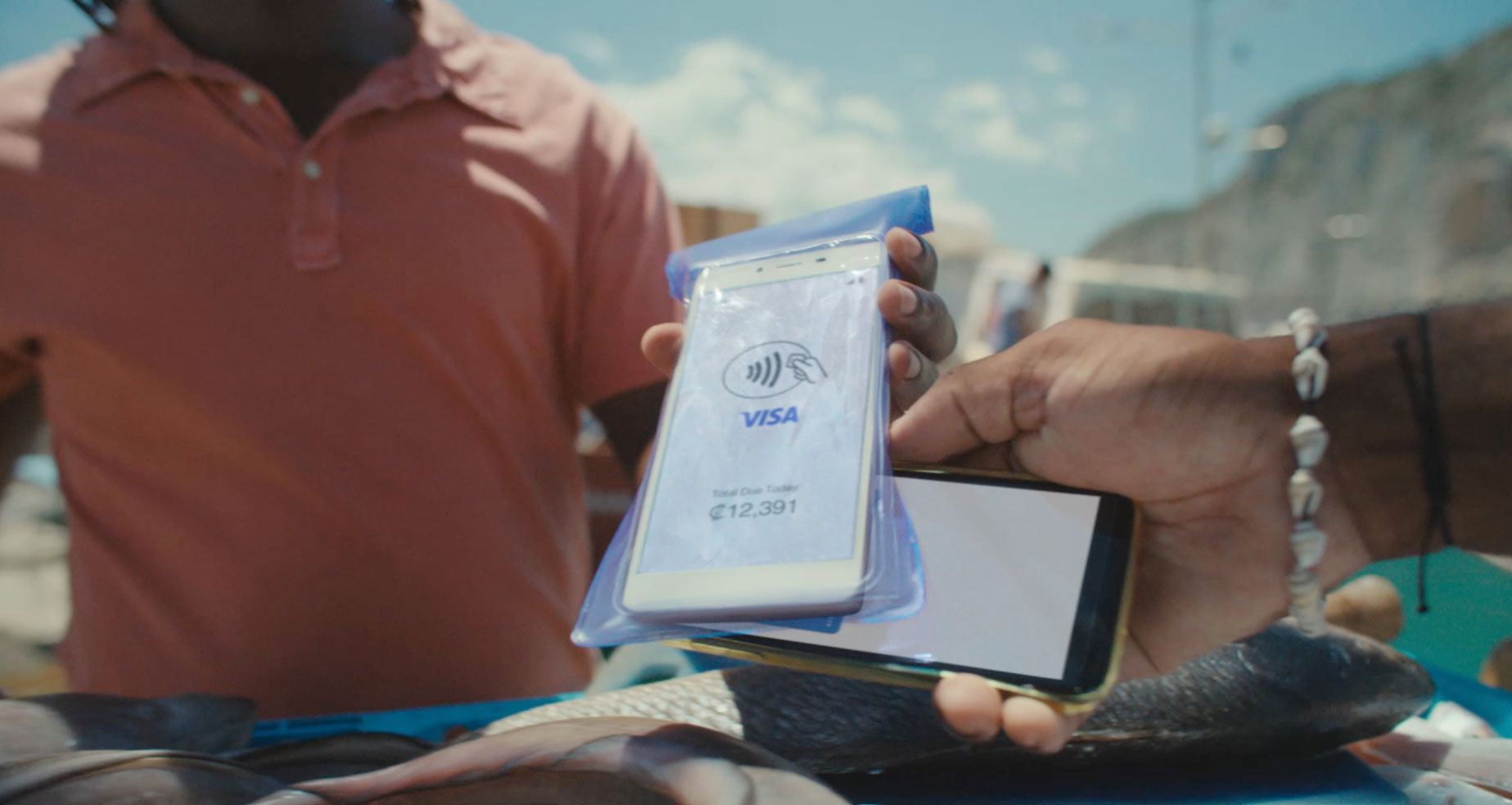
Next-generation money movement
How cultural shifts kickstarted Asia Pacific’s cross-border payments transformation
A payments revolution is under way in Asia Pacific and beyond. New digital solutions, from instantaneous transactions to mobile wallets, are proliferating to meet changing customer expectations, transforming cross-border money movement. These innovations are driving growth in an already dynamic market, with researchers predicting that, in the B2B market alone, payments revenue in the region will reach US$1.4tn by 2025, growing 10.5 per cent annually. A significant portion of this growth will be in the cross-border segment.
Payment services providers not yet exploring leading-edge alternatives must consider the impact of these developments if they want to avoid losing market share. But what are the forces reshaping cross-border money movement today, and what do providers need to know now if they are to position their business for future success?
Understanding the Asia Pacific payments market
Migration and global trade are both major drivers of inbound payments growth in the region. “Asia Pacific typically sees a high migration rate that translates to a large number of workers sending money back to their families in their country of origin as regular remittances,” says Deepan Dagur, Head of Visa Direct, Asia Pacific. For many nations, these flows of capital act as a key revenue source. India, for instance, received US$89.4bn in remittances in 2021, and was on track to receive US$100bn in 2022, according to the World Bank. Dagur adds: “Asia Pacific accounts for just under 40 per cent of the world’s exports, with money from the sale of these goods often flowing back to the region’s small businesses.”
Asia Pacific’s US$197bn online gaming sector is another burgeoning source of inbound money flow. At the same time, more citizens are joining the “creator economy” – publishing online content as a full- or part-time source of income. Like small business owners everywhere, they need fast access to earnings to create and deliver the content their audiences expect, when they expect it. Overseas education and property purchases are also significant drivers. Asian students represent around 53 per cent of foreign students enrolled in educational institutions worldwide, with families, scholarship bodies and other entities sending money out of the region to support them.
Pain points of traditional money movement
Sending money the traditional way – that is, between bank accounts served by bilateral correspondent banking arrangements – is fraught with challenges. Longstanding difficulties include lengthy settlement periods and high transaction costs. Research by Swift found that more than 90 per cent of all global cross-border transactions involve small, “low-ticket” payments. A US$20 transaction service fee for a US$200 transaction equates to 10 per cent, a prohibitively high cost which must often be borne by the sender and receiver.
Another challenge is limited geographical reach. People and businesses now expect to make near instantaneous real-time payments that arrive within minutes to every country where their customers have needs. However, many operators don’t provide this. Linked to this issue is “endpoint reach”. “The new digital habits we are seeing today means many prefer the ease of receiving money straight to their digital wallet, credit card or debit card. Customers no longer want to travel to a bank branch and fill out a form to make a payment,” says Dagur. “Payment service providers need to have the reach to different endpoint options beyond just bank accounts. That’s especially important in a region where more than 70 per cent of the adult population is underbanked or unbanked.”
Payment service providers need to have the reach to different endpoint options beyond just bank accounts.
Making way for next-generation digital responses
Unsurprisingly, perhaps, given this substantial list, cross-border payment is an area subject to constant disruption. The proliferation of connected devices, fintech and banking innovation, and the digital transformation of global remitters, as well as next-generation solutions developed by global payment networks, are bringing rapid, seamless and secure cross-border transactions into the mainstream. For example, three-quarters of the customers Visa Direct surveyed recently in Singapore had used an app for cross-border remittances in the previous year, citing superior customer experience.
Many of these solutions include comprehensive geographical reach as standard. They can also give customers the option of sending money globally to a digital wallet, card or bank account at costs that are appropriate to the particular use case and transaction size. Financial inclusion is another attraction of these solutions. Lowering remittance costs to countries such as Bangladesh and the Philippines, for instance, enables the families of migrant workers to receive a higher percentage of the money sent from a centre such as Singapore. Meanwhile, merchants on marketplace platforms can also benefit from timely cross-border settlement.
Visa Direct is at the forefront of the Asia Pacific payments revolution, providing the most advanced alternatives for facilitating cross-border money movement and, at the same time, addressing many of the existing challenges that can help banks, fintechs, remitters and merchants maintain, and potentially grow, their market share. With a reach of more than 7.5bn distinct endpoints on a single network, customers have the option of sending money to a bank account, digital wallet or card on a single platform.















